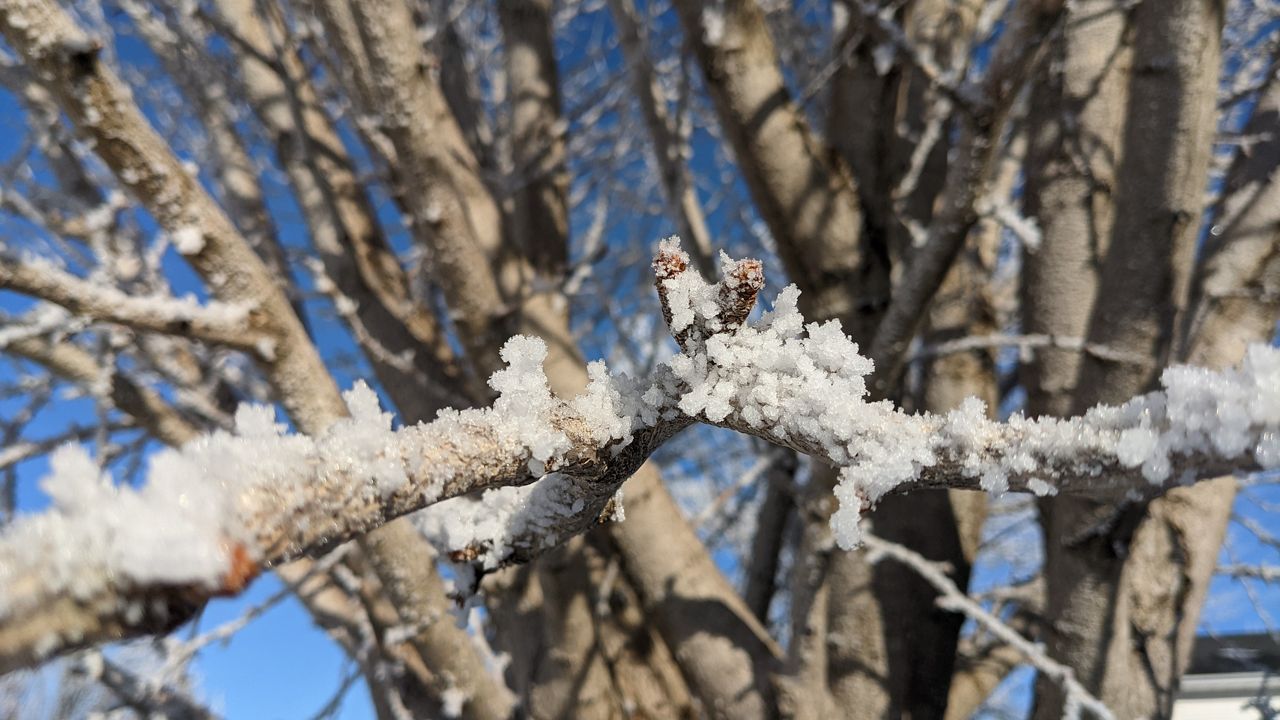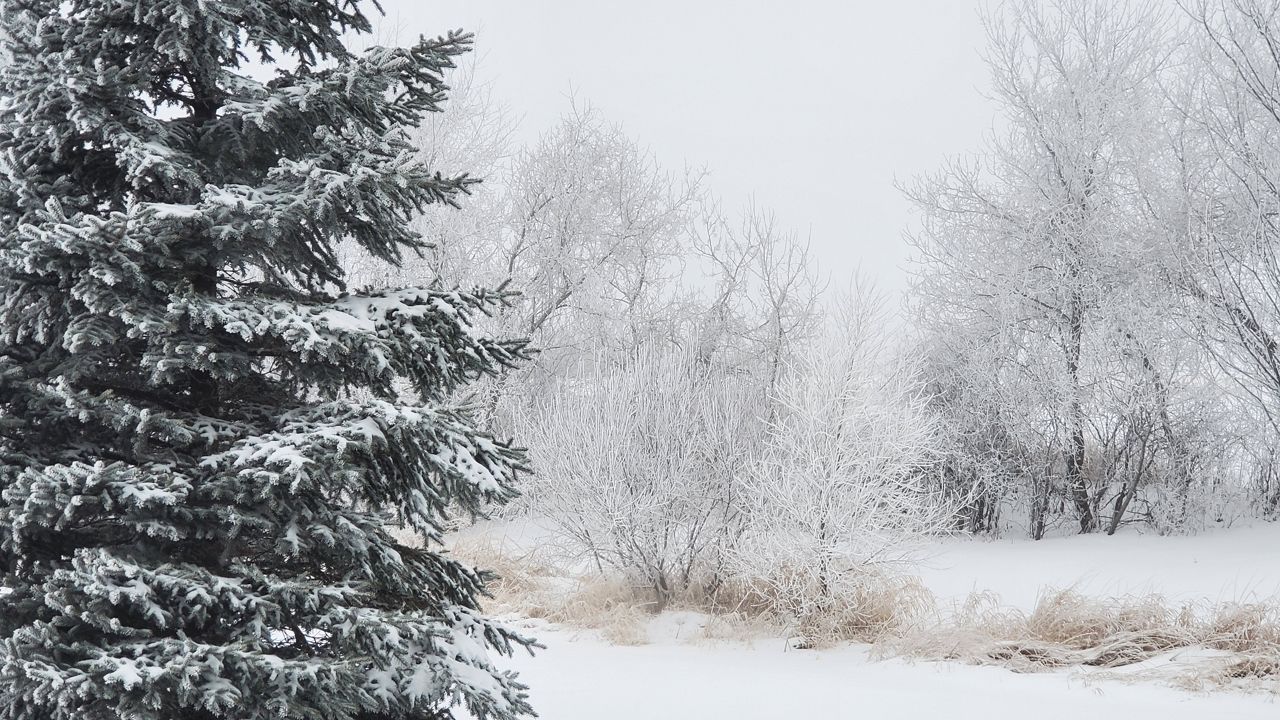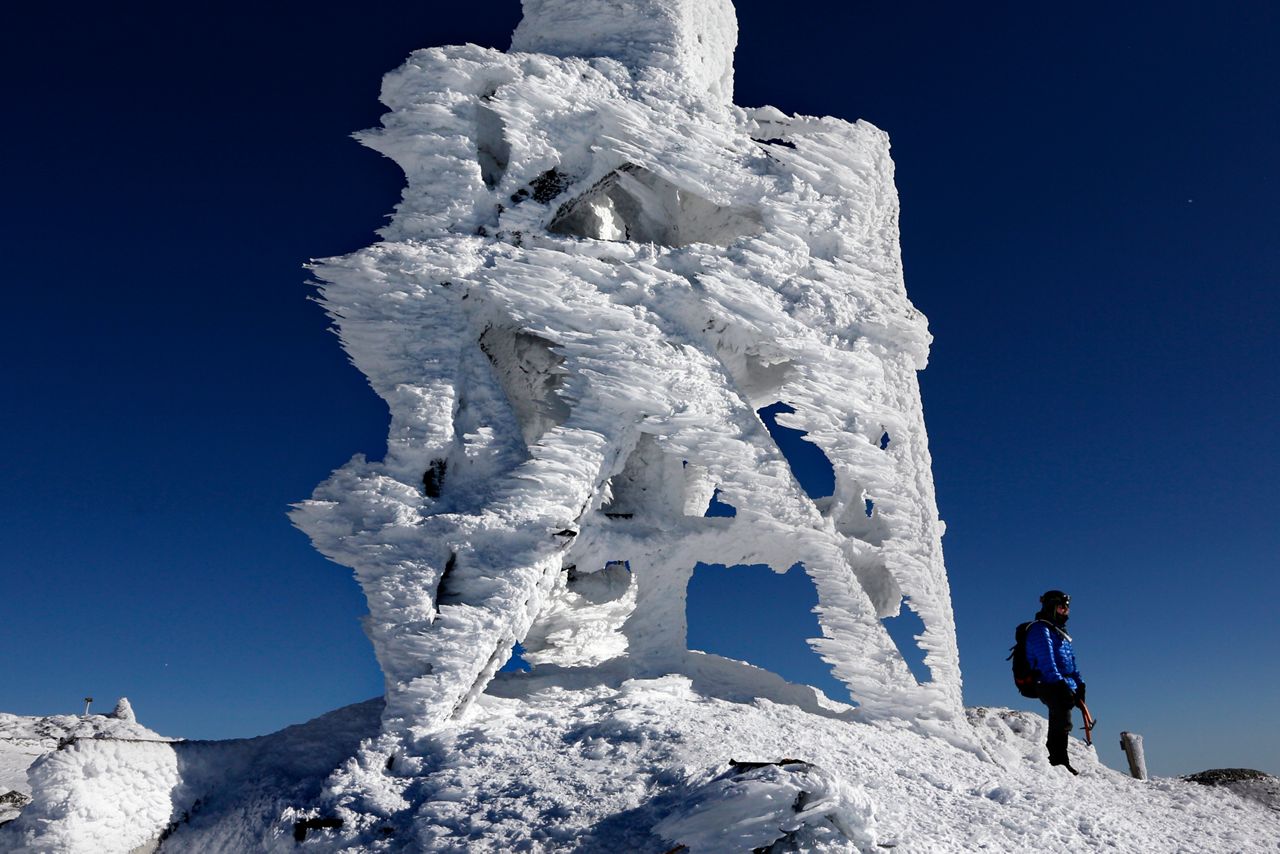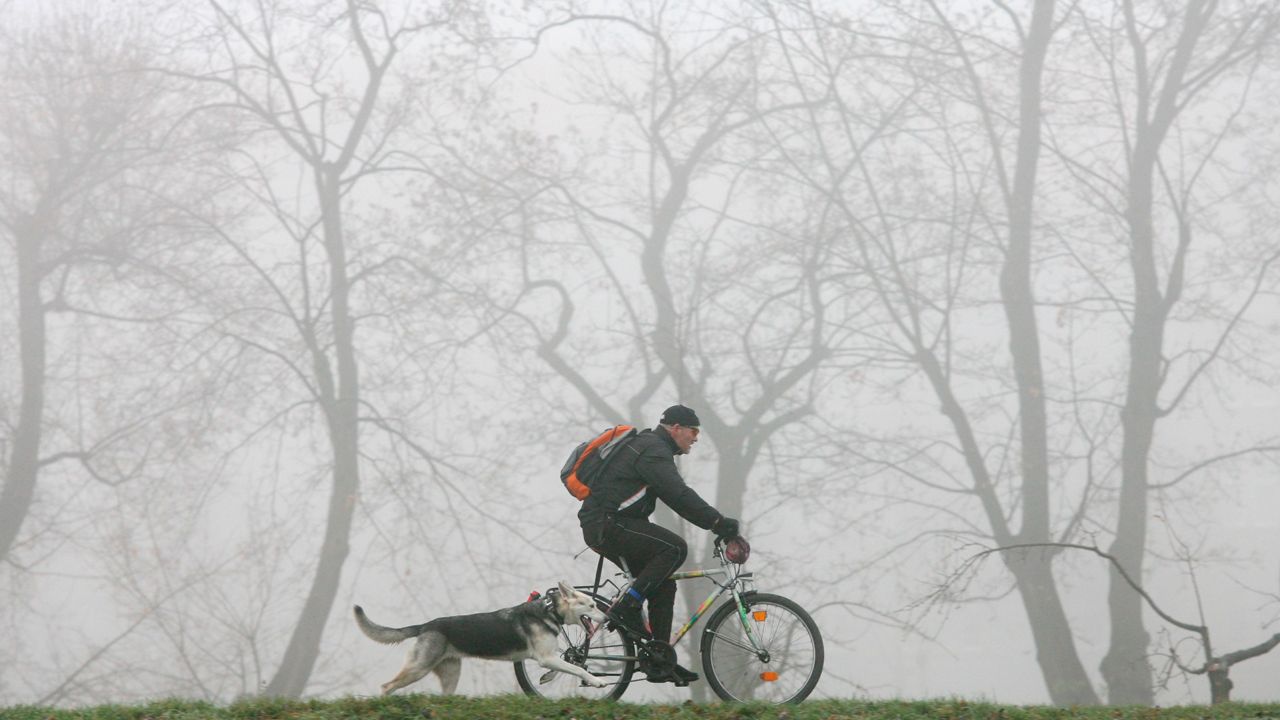Have you ever dealt with what seems like a random layer of ice in the winter? There was no snow or rain, yet surfaces outside have a thin glaze of ice? This ice could be because of fog.
Just like snow and ice, freezing fog can also be hazardous while driving in the winter months plus one of the most challenging types of winter weather to forecast.
In order to learn about freezing fog, it’s important to understand the definition of fog. Freezing fog forms in the same way as normal fog does.
Put simply, fog is a collection of water droplets suspended in the air near the ground. Thus it can reduce visibility.
Depending on topography, climate, weather patterns, and temperatures, fog can form in a variety of ways.
Fog typically forms when wind is calm or light. When the night sky is clear, the surface loses heat, cooling down enough to become saturated. Or, saturation happens when moisture is added to the lowest layer of atmosphere.
The main threat with fog is reduced visibility, especially during the morning rush hour. Fog can also heavily impact airports, too, causing delays at the runways.
The National Weather Service issues fog advisories when fog is considered dense, which is when visibility is less than a quarter of a mile.
Freezing fog forms when the temperature at the surface is at or below the freezing mark.
Let's say it’s a foggy morning and the temperature is 30 degrees. The fog that has developed is made up of supercooled cloud droplets. These tiny water droplets in the air remain in liquid form as they are suspended in the air, even with temperatures below freezing.
Once they touch a surface or object that is freezing, they instantly change to ice.

If you look closely, you will sometimes notice a white deposit of feathery ice crystals. This is known as rime. Rime is a characteristic of freezing fog and usually spotted on vertical surfaces that are exposed to the wind.
Just like regular fog, freezing fog reduces visibility. In addition, freezing fog can cause slippery or icy spots on roadways, especially on bridges and overpasses.

When temperatures are below freezing and fog is likely, it is important to salt to prevent icing.
It’s important to use caution in case freezing fog has caused black ice on the roadways. Black ice is difficult to see and very dangerous. Drive more slowly when you suspect freezing fog.
It’s rare, but freezing fog can create enough ice on surfaces that it looks like an ice storm! The ice can be thick and heavy enough to knock down tree limbs and power lines.

In this situation, ice fog can form when the temperature becomes too cold for only supercooled water to occur. Ice fog only happens in arctic or polar air. Ice fog is made up of tiny ice crystals.



